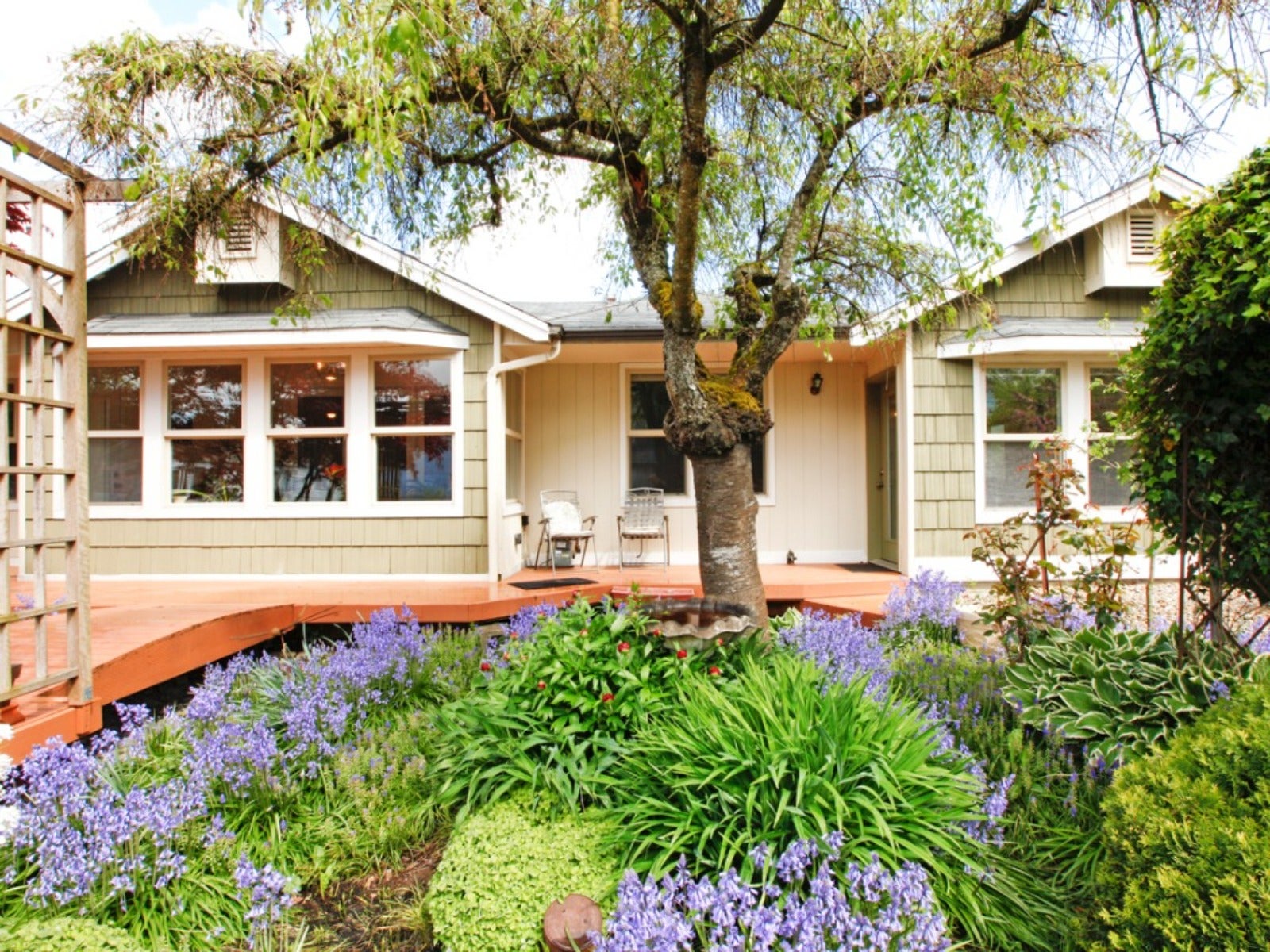Sustainable Lawn Alternatives For The Southern U.S.


There is no doubt Americans love their lawns. Not surprising, turf grass is the most abundant “crop” we grow and water, yet it doesn't provide food or an income. For this and other reasons, homeowners are turning to lawn alternatives. Texas, Arkansas, and other south region gardeners have found success with a variety of native warm-season grasses and plants.
Why Switch to Lawn Alternatives
Instead of growing a monoculture lawn of bluegrass or fescue, many homeowners are switching to more sustainable native plants to populate their yards. These can include low growing grasses or groundcovers, which don't need mowed. It can also mean maintaining a prairie type garden with taller species that ripple in the wind.
Here are the primary reasons why a southern or Texas native lawn is more beneficial to the environment than a monoculture of bluegrass:
- Lawn substitutes use less fossil fuel. Both gasoline and diesel, the primary fuels which run lawn maintenance equipment, are refined from non-renewable crude oil. It's estimated Americans use 800 million gallons of gasoline each year to maintain picture perfect lawns.
- Traditional lawns are pollinator deserts. Traditional lawns are a monoculture and don't provide food for the many species of pollinators which inhabit the natural ecosystem. Without food, populations of these essential insects decline, resulting in a loss of biodiversity.
- Maintaining a green lawn requires irrigation. Estimates indicate it takes about 25,000 gallons of water each year to keep traditional turf-grass green and healthy throughout the growing season.
- Turf grass is expensive to maintain. Americans spend an estimated 30 to 35 billion dollars each year on lawn care. What's more, fertilizers and pesticides needed to maintain a monoculture lawn can result in toxic runoff which pollutes lakes, streams, and rivers.
Alternative to Lawn in Arkansas, Texas, and Southern States
One nice thing about switching to lawn alternatives is that homeowners don't need to do it all at once, or even transform their entire yard. If you want to maintain a grassy recreational area for people and pets, you can.
One good place to start with lawn alternatives is under trees and in shady or low traffic areas of the yard. Here are a few low growing, herbaceous plants which can be used as lawn substitutes:
- Huisache daisy (Amblyolepis setigera) – Native to Texas, the 1 to 2 inch (2.5-5 cm) yellow Huisache daisy flowers are highly attractive to bees and butterflies.
- Winecup (Callirhoe involucrata) – There's no doubt the purple cuplike flowers of this low-growing, mat-forming perennial inspired its name. Winecup is hardy in USDA zones 4 through 8.
- Silver ponyfoot (Dichondra argentea) – Perfect for drier gardens in zones 8 to 10, silver ponyfoot grows 4 inches (10 cm) tall and is tolerant of both sun and shade.
Native Grass Lawn Alternative: Kansas and Southern Gardens
Warm-season, native grasses are a good choice for both sunny and shady areas of the yard. Some species like Buffalograss (Buchloe dactyloides) are low growing, while other prairie species can get quite tall. For the latter, consider adding hardscaping elements like stone paths and benches. This provides places to walk, sit, and enjoy the garden.
Switching to a mix of native Texas grasses for lawns and gardens creates beautiful landscaping which doesn't need mowed:
Gardening tips, videos, info and more delivered right to your inbox!
Sign up for the Gardening Know How newsletter today and receive a free copy of our e-book "How to Grow Delicious Tomatoes".
- Big bluestem (Andropogon gerardii)
- Indiangrass (Sorghastrum nutans)
- Little bluestem (Schizachyrium scoparium)
- Purple top (Tridens flavus)
- Sideoats grama (Bouteloua curtipendula)
Finally, consider replacing your traditional grass lawn with native sedges (Carex spp.). These close relatives of grass have blade-like foliage and triangular stems. In contrast to traditional grass turf, sedge lawns only need to be mowed two to three times per year. Although there are over 2,000 species of sedges, the following have shown the most promise as lawn alternatives for southern lawns:
- Cedar sedge (Carex planostachys)
- Creek sedge (Carex amphibola)
- Leavenworth's sedge (Carex leavenworthii)
- Palm sedge (Carex muskingumensis)
- Texas sedge (Carex texensis)

Laura Miller has been gardening all her life. Holding a degree in Biology, Nutrition, and Agriculture, Laura's area of expertise is vegetables, herbs, and all things edible. She lives in Ohio.